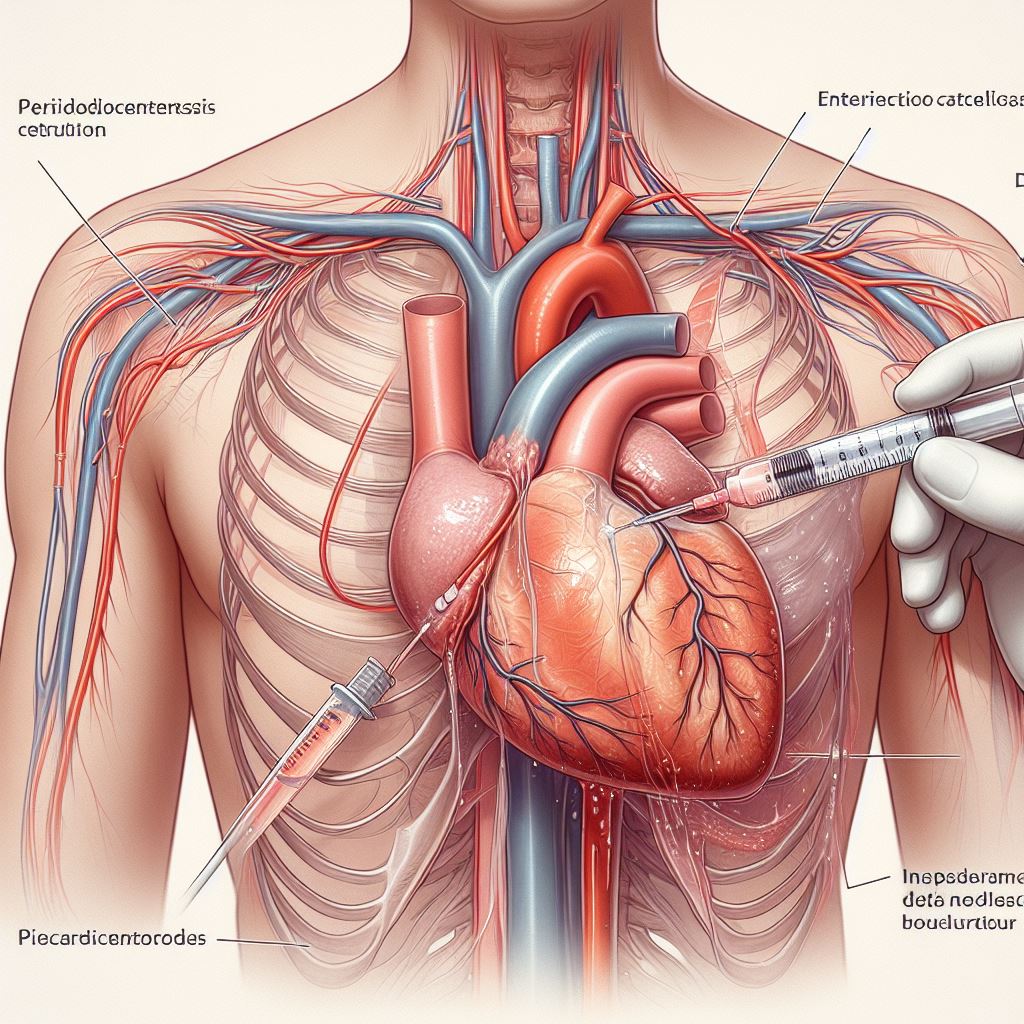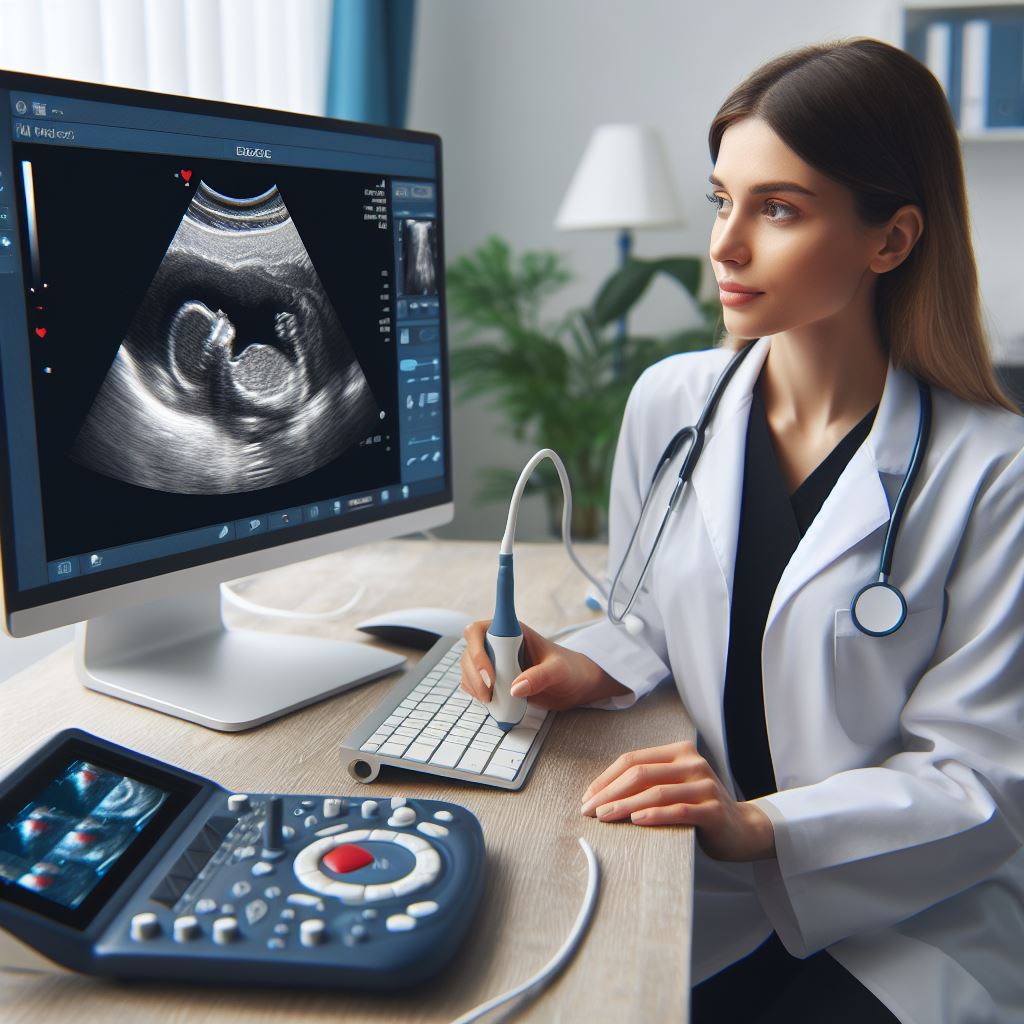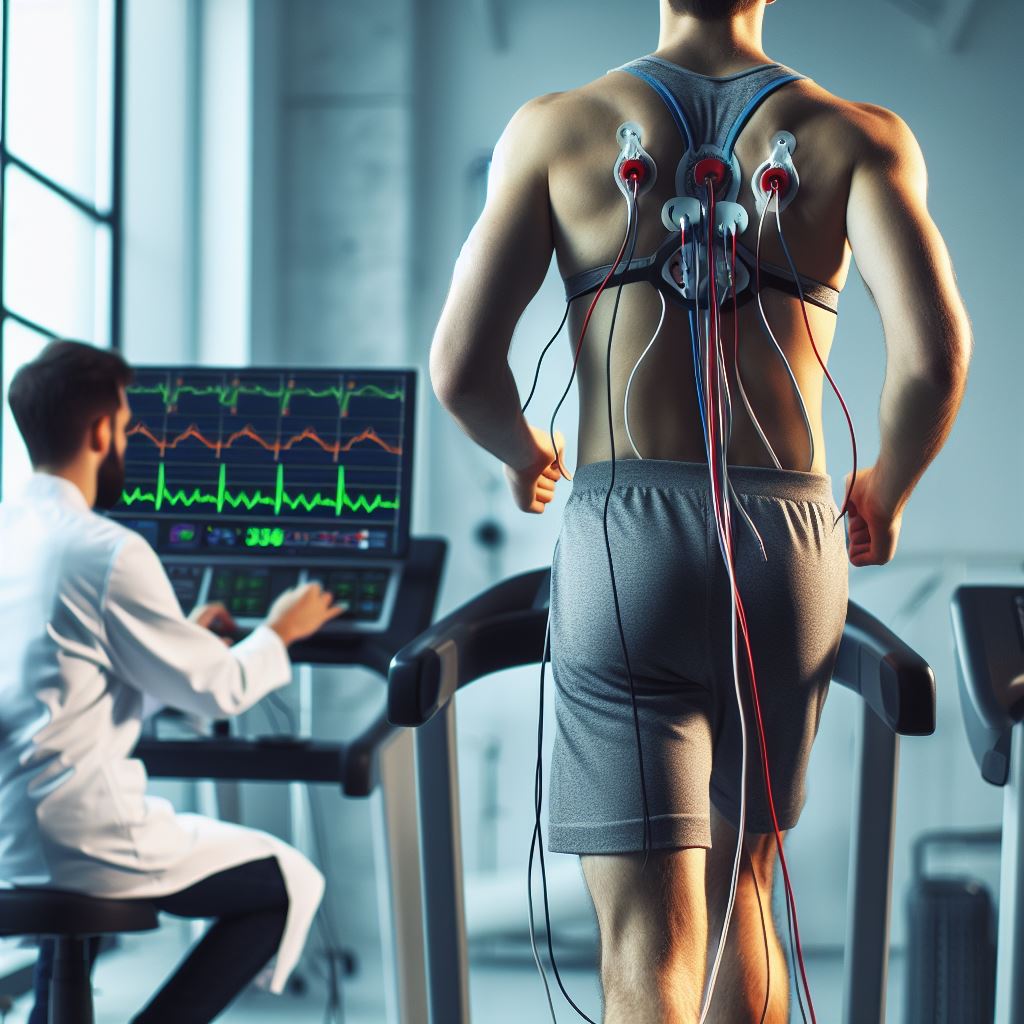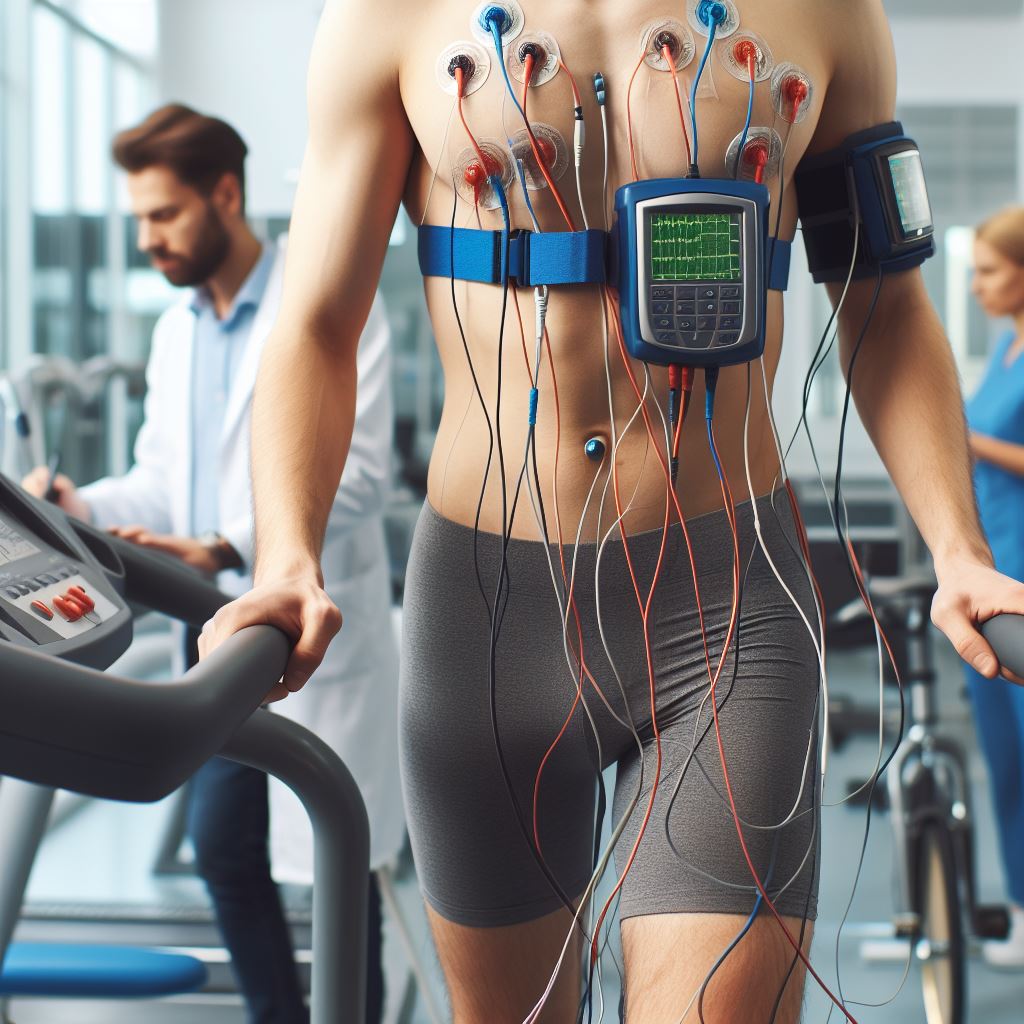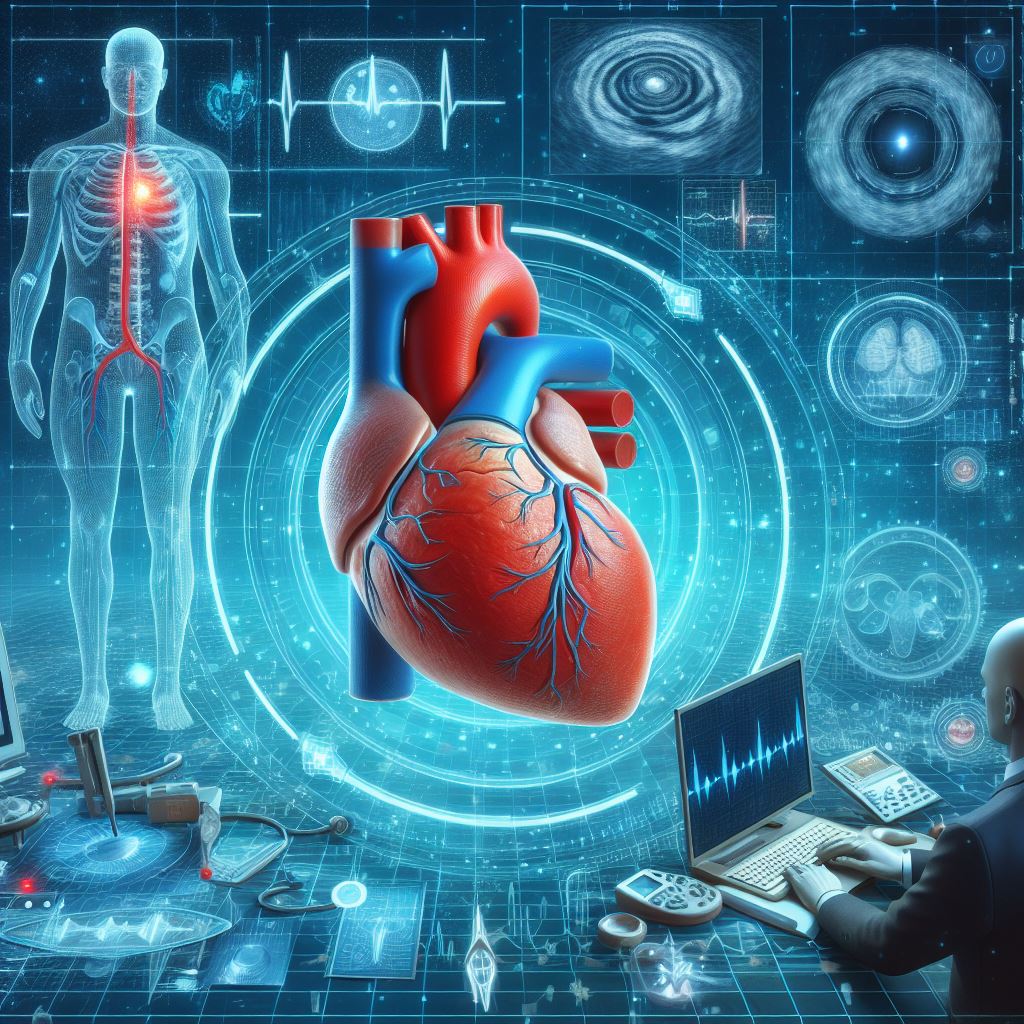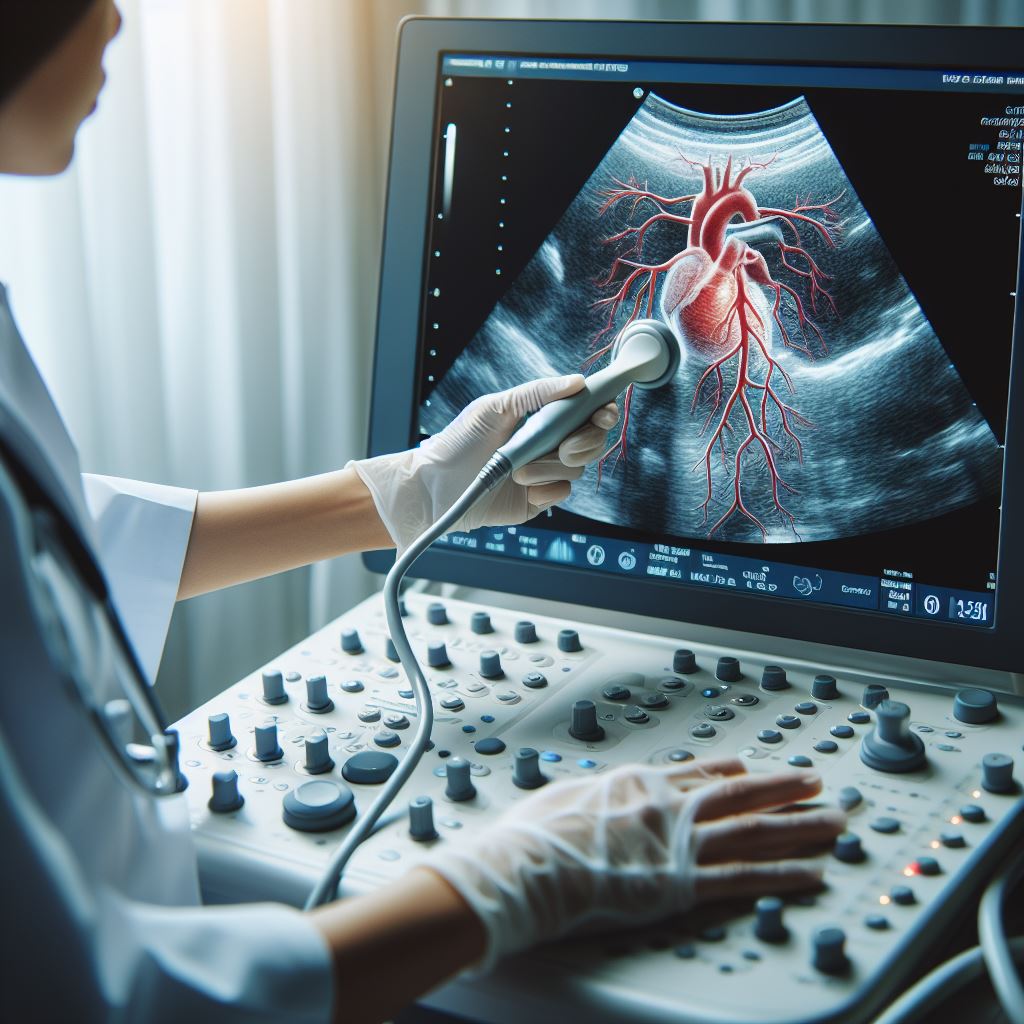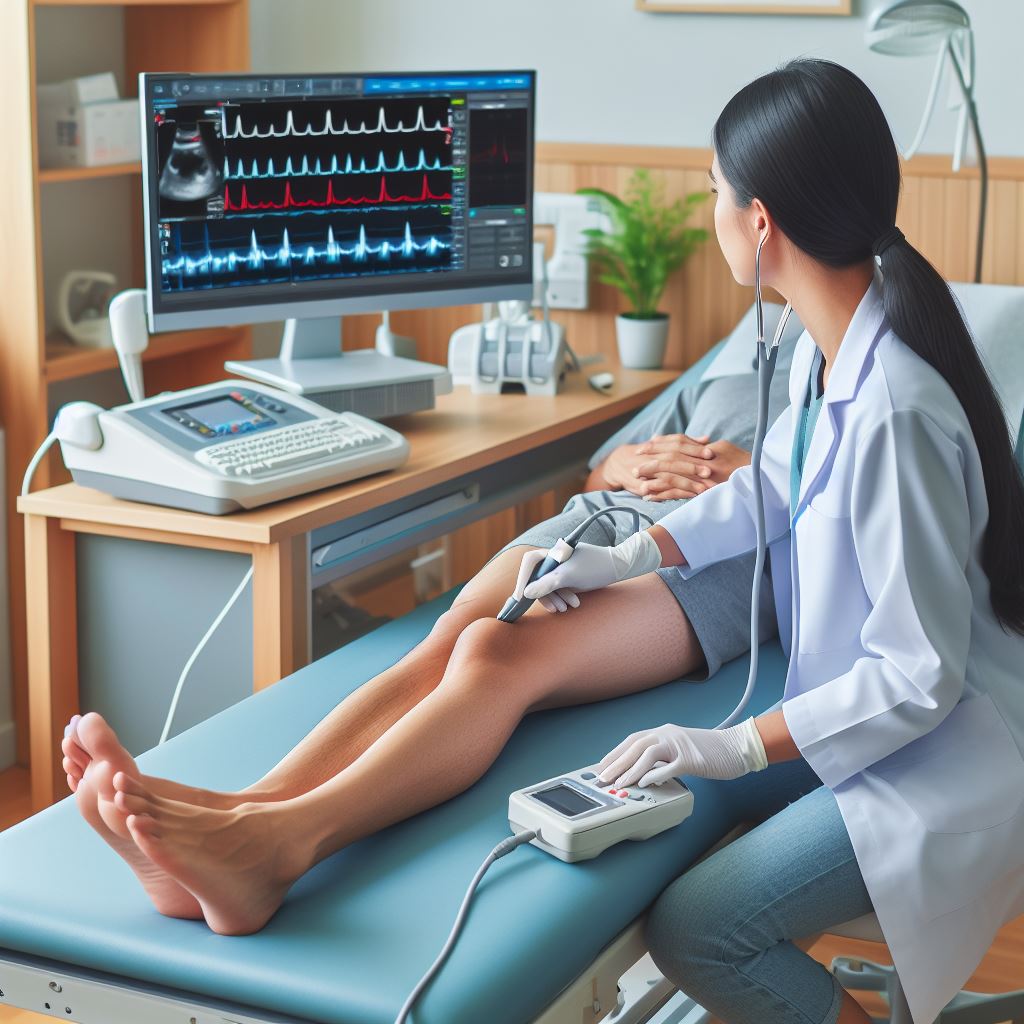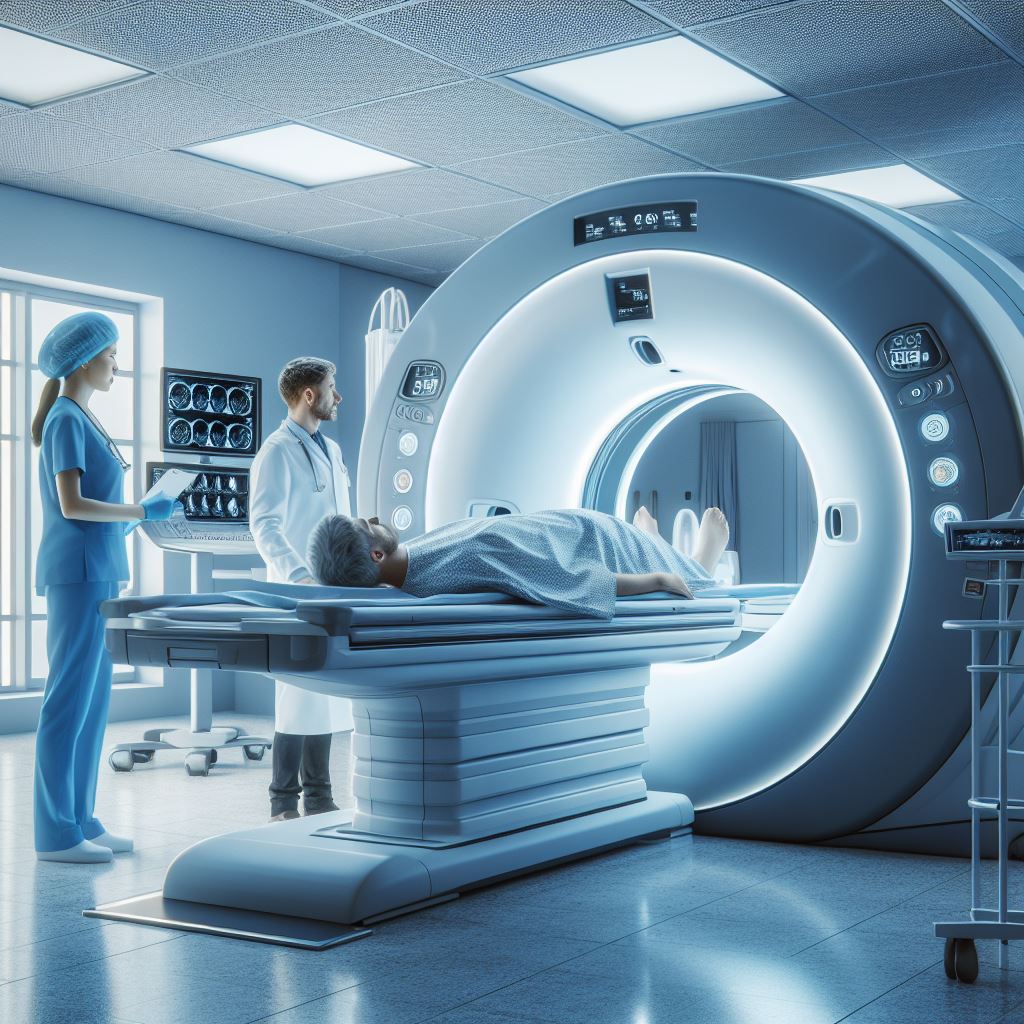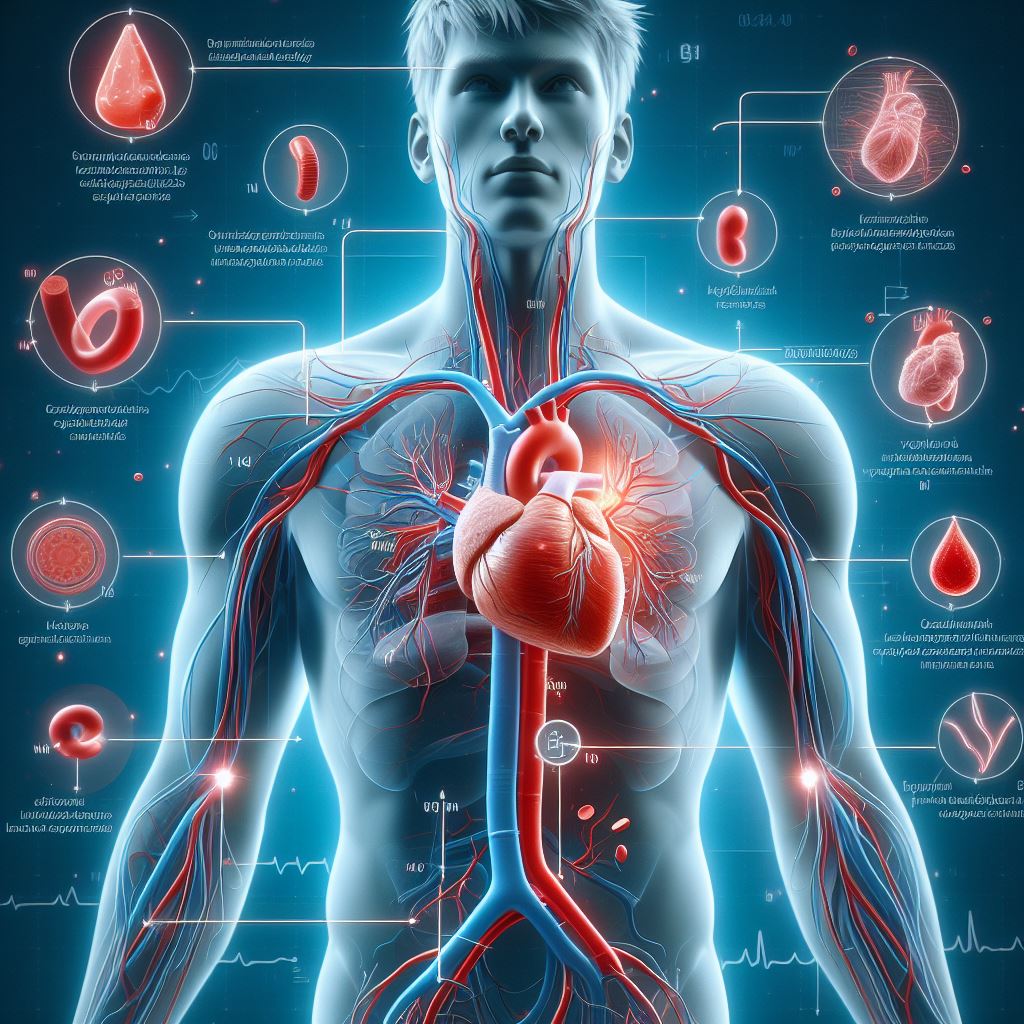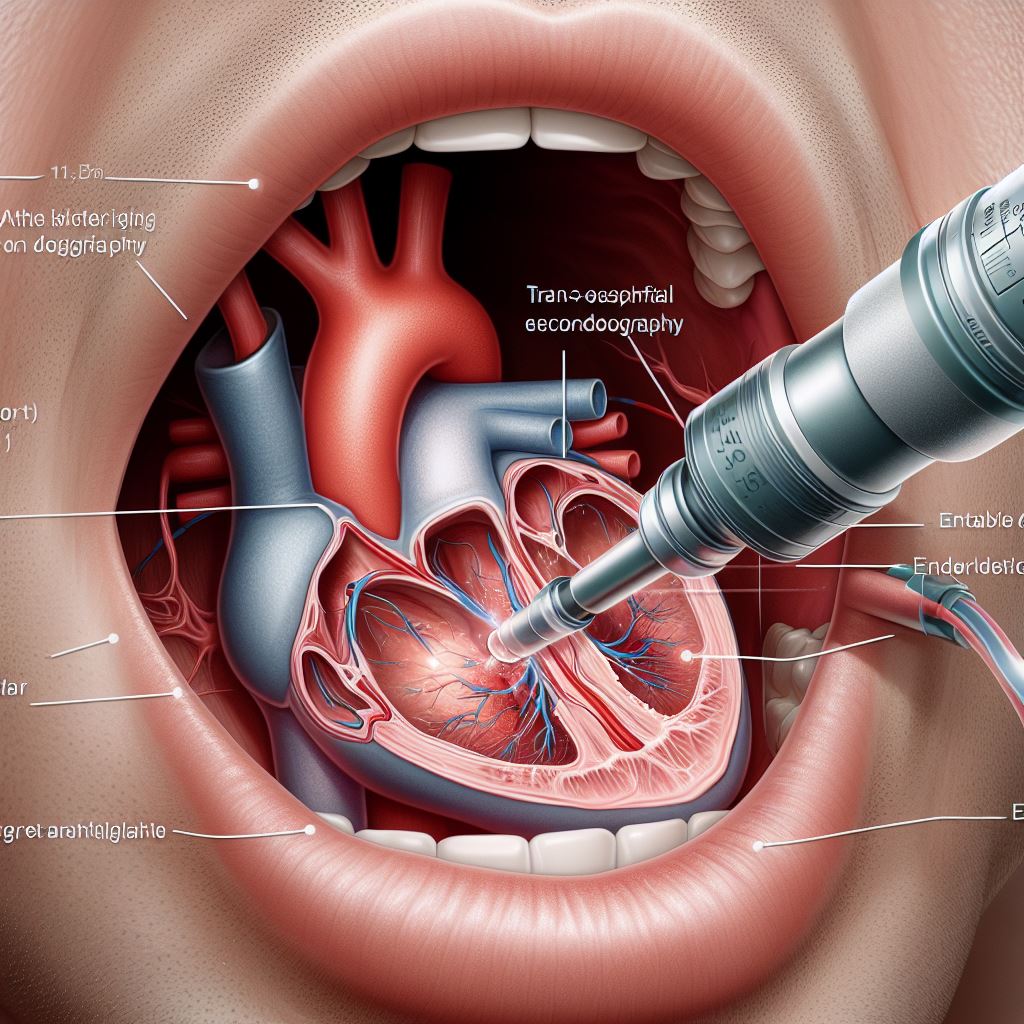
Trans-oesophageal echocardiography (TOE) is a specialized imaging
technique used to obtain detailed ultrasound images of the heart and its
surrounding structures. This procedure differs from traditional
echocardiography by involving the insertion of a transducer into the esophagus,
providing clearer and closer images of the heart.
Benefits of TOE:
1.
Detailed Imaging: One of the primary advantages of TOE is its ability to generate highly
detailed images of the heart. This allows for better visualization of structures
that may be challenging to see with other imaging methods.
2.
Accurate Diagnosis: TOE plays a crucial role in facilitating a more precise diagnosis of
various cardiac conditions. It is particularly useful for assessing valve
disorders, blood clots, and congenital heart defects.
3.
Real-time Monitoring: TOE enables real-time monitoring of the heart during surgical
procedures. This real-time feedback is invaluable for surgeons, assisting them
in making informed decisions.
Alternatives to TOE:
While TOE is a powerful diagnostic tool, several alternatives exist:
1.
Transthoracic Echocardiography (TTE): This non-invasive procedure involves placing a transducer on the chest
to create images of the heart. TTE is commonly used for initial cardiac
evaluations.
2.
Cardiac Magnetic Resonance Imaging
(MRI): This imaging technique provides detailed images without the use of
radiation. It is particularly suitable for certain cardiac evaluations,
offering an alternative perspective.
3.
Cardiac Computed Tomography (CT): Using X-rays, CT creates detailed cross-sectional images of the heart
and blood vessels. It is employed for specific diagnostic purposes, providing
valuable information.
Procedure:
Understanding the procedural aspects of TOE is essential for patients
and caregivers:
1.
Preparation: Before the procedure, patients may be instructed to fast for a
specified period. This is typically done to ensure clearer imaging results.
2.
Anesthesia: Local anesthesia
is applied to the throat to minimize discomfort. In some cases, a mild sedative
may be administered to help patients relax during the procedure.
3.
Insertion of Transducer: The transducer, a flexible tube with an ultrasound probe, is gently
passed through the mouth and into the esophagus. The proximity of the esophagus
to the heart allows for superior imaging.
4.
Image Acquisition: Once the transducer is in position, the ultrasound probe captures
detailed images of the heart. These images are then used for diagnostic
purposes.
Complications:
While TOE is generally considered a safe procedure, it's essential to be
aware of potential complications:
1.
Discomfort: Some patients may
experience mild throat discomfort after the procedure. This is usually
temporary and resolves on its own.
2.
Allergic Reactions: In rare instances, patients may experience allergic reactions to the
local anesthesia or sedative administered during the procedure.
3.
Bleeding: There is a minimal
risk of bleeding at the site where the tube is inserted. However, severe
bleeding is extremely rare.
Recovery:
Understanding the recovery process is crucial for managing
post-procedural expectations:
Recovery time after TOE is generally
short. Most patients can resume normal activities within a few hours. If a
sedative is administered, it is advisable to have someone accompany the patient
home. While mild throat discomfort may persist temporarily, it typically
resolves without intervention.
Risks and Benefits:
A comprehensive analysis of the risks and benefits associated with TOE
is crucial for informed decision-making:
Risks:
·
Minimal Discomfort: Some patients may experience mild throat discomfort, which is usually
temporary.
·
Allergic Reactions: Although rare, there is a potential for allergic reactions to the local
anesthesia or sedative. This risk is typically minimized through careful
screening.
·
Bleeding: While the risk of
bleeding is minimal, patients should be aware of the possibility of minor
bleeding at the insertion site.
Benefits:
·
Accurate Diagnosis: TOE provides unparalleled accuracy in diagnosing various cardiac
conditions, enabling precise treatment planning.
·
Real-time Monitoring: The ability to monitor the heart in real-time during surgical
procedures enhances the safety and success of interventions.
·
Detailed Imaging: The detailed images obtained through TOE offer valuable insights into
cardiac structures that may not be as clearly visualized with other imaging
techniques.

